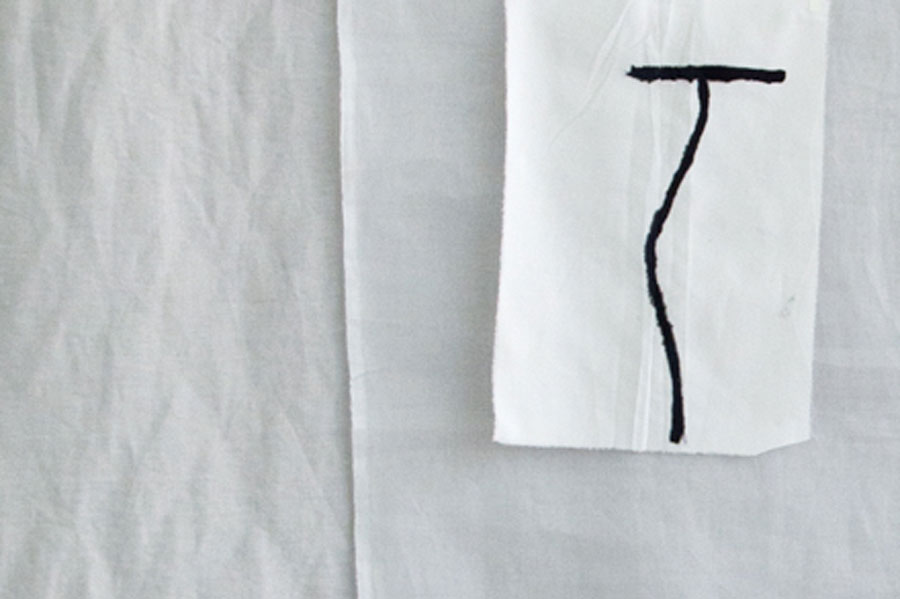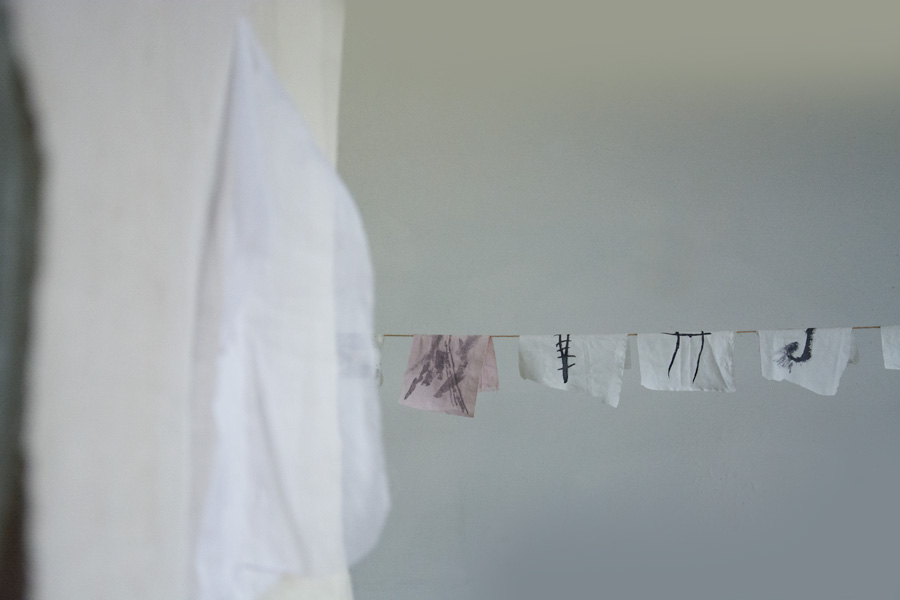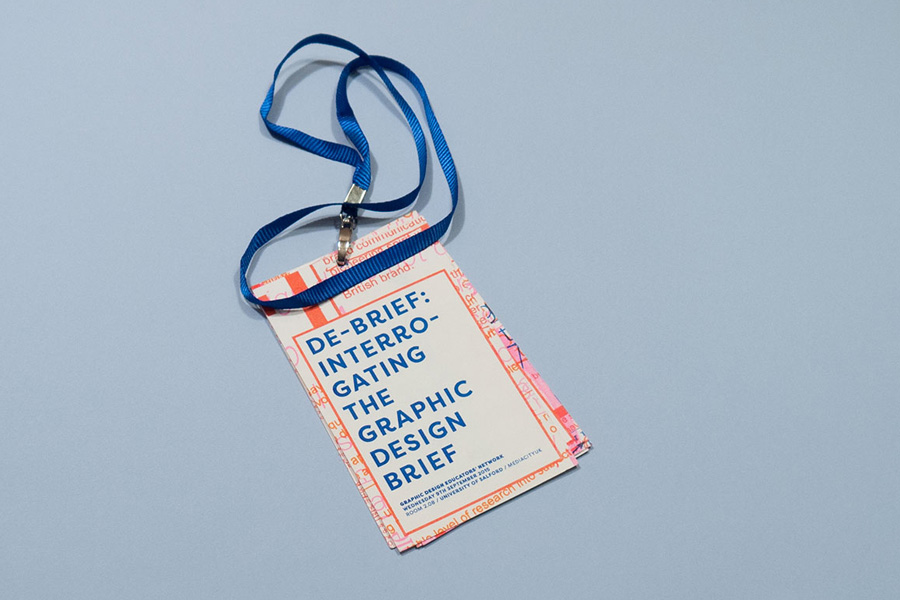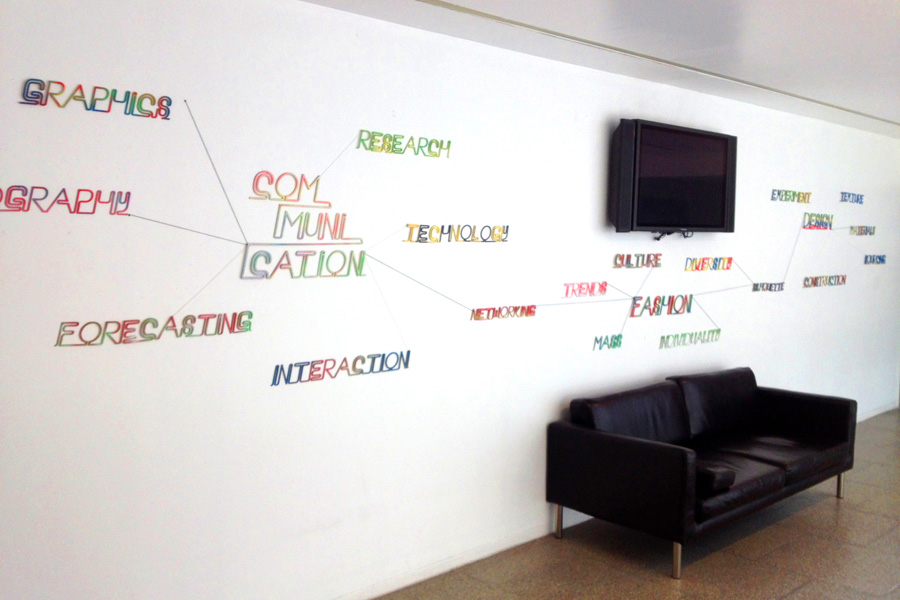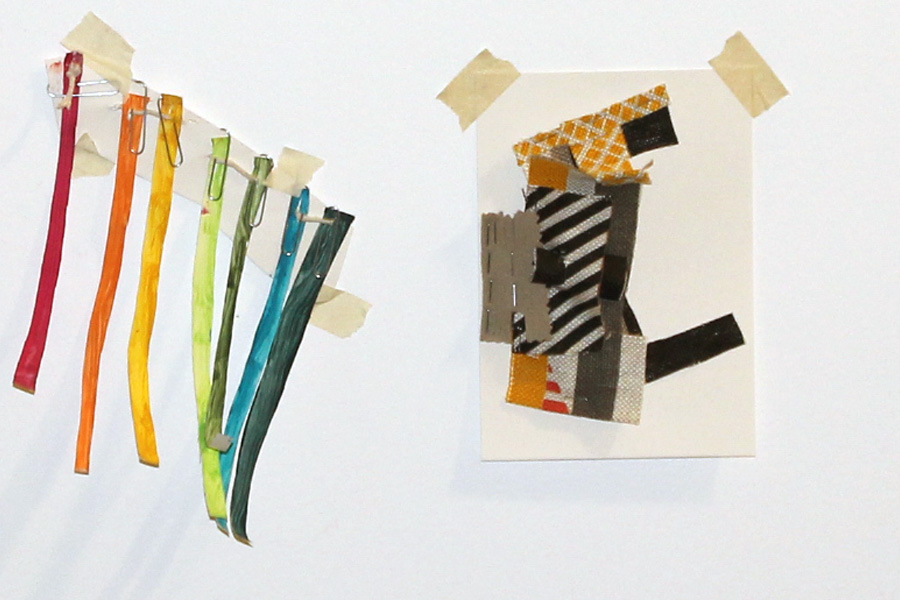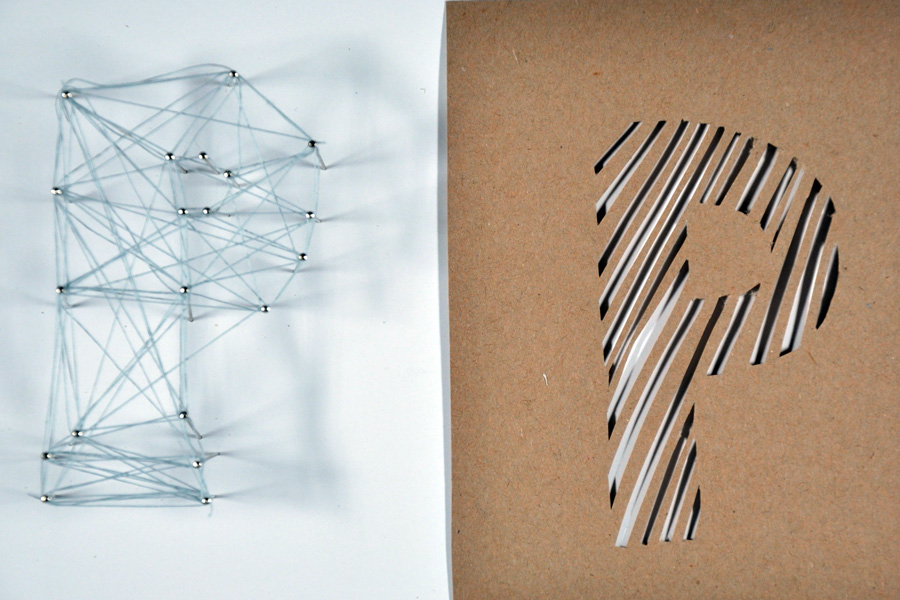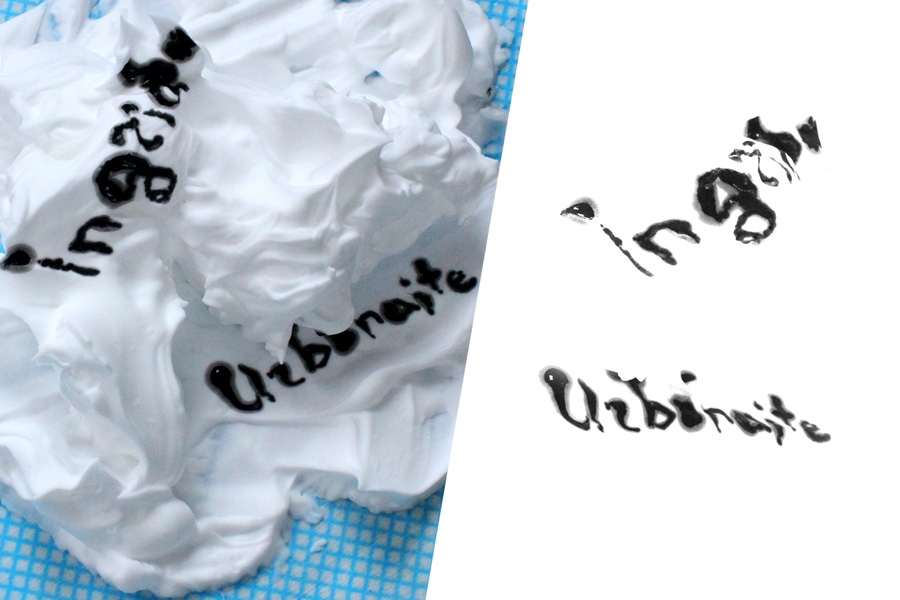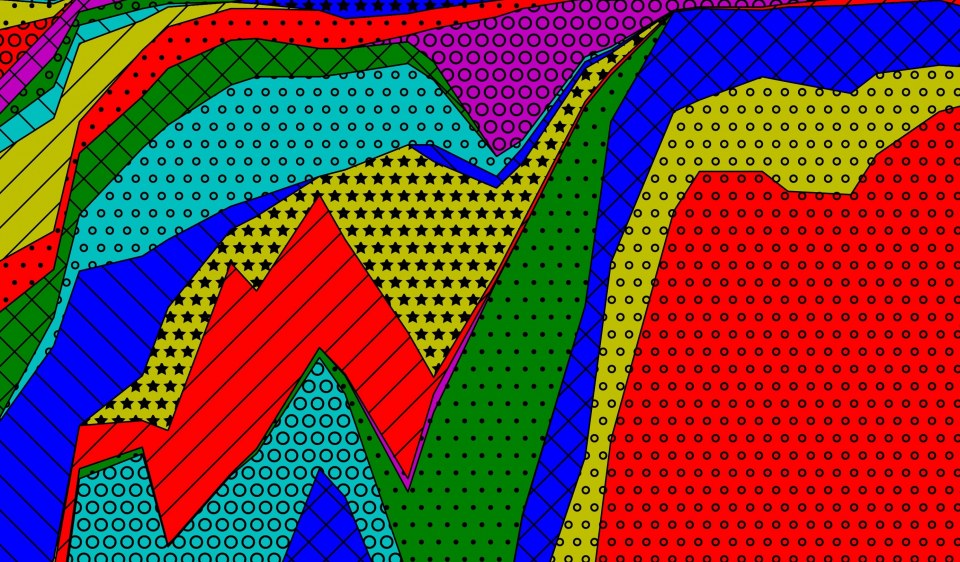Curated events, workshops, written articles
Article on Letters&Markers by UnMaking Things, 2017
Available to read here.
When we talk about our future we talk of exactly how we would like it, carefully planned. Except our opinions are often built on society’s expectations. It’s not what we really want in the life well lived. And the stories we tell about the past are never like that. We remember special moments randomly or instinctively. What brings us together is the geographical location which thousands of years ago was wild ground. Today the same location is transformed by time and architecture built by us. The wall-hanging contents will be generated throughout each day as if hacking each location and revealing the unseen inspired by each contributor’s memories of building shapes lived in, atmosphere of places travelled…
Letters & Markers overall aim is to explore the communication of a memory from a particular space/environment through active participation: both drawing and discussion. John Locke (1632-1704) English thinker concluded that “knowledge begins with experience”. Traveling to new locations and drawing on textiles (instead of the familiar paper) will assemble a fresh experience as opposed to doing what you know; having discussions with a different guest each day will stimulate new perspectives on the subject matter. Getting one’s self out of the comfort zone frees the brain and engages the senses independently. At that stage we need to then rely on another feature of the brain – elasticity. Catherine Malabou, a French philosopher describes plasticity as:
"…flexibility and rigidity, suppleness and solidity, fixedness and transformability, identity and modifiability, determination and freedom."
This event proposes an alternative perception of what a memory of a place, then a collection of many memories and finally, what the whole landscape, might look like. We confront the notion of photographic memory to be literally depicted, instead, we focus on the deconstruction of that photographic memory and loosely constructing its transformation – so as if we are revealing the remembered detail, place, the landscape in flux, in formation in time. Each participant’s contributed drawing is a form of translation of their pictographic memory. Shapes & letterforms associated with places as individual typo-graphic language will tell a story as if flattening years onto a single surface, revealing the unseen. The wall hanging = immaterial memory landscape = a graphically coded map. The piece of textiles is turned into a productive construction field, a surface of which acts as a window with a view into a stage where the construction of layers and layers of memories take place.
Five guests are selected from different industries: textiles designer, artist, architect and social entrepreneur. One or other way each of their practice spins around structures, taking their own individual approach they offer a completely individual take on what structures may be. Within their projects guests have explored a mix of structures: protective structures, structures taking us on a journey, both physical but also mental, industrial structures inhabited artistically now remaining a legacy of our societal structures and systems, also those layers closer to the fabric of the human skin along with those distant & abstract sources of internal interweaving mental formations. There is plenty to explore about what makes our space, our surroundings and what formulates the structures around us, but most excitingly – we are part of it so we can shape it and make it.
Letters & Markers, a drop-in drawing-on-textiles workshop & exhibition. It will travel through multiple locations in June 2017 will result in a collaboratively with public created typographic wall-hanging. Led by artist Neringa Dastoor, it will involve visiting guest talks at each location. The workshop is part of the London Festival of Architecture with this 2017 year’s theme memory."
Guests:
Mia Hultgren
Dr Emma Neuberg
Rain Wu
Julijonas Urbonas
Dr Anna Bowman
Letters & Markers painting workshop
Letters & Markers workshop, planned and led during the London Festival of Architecture. All info here:
Notes from De-Brief, Conference, 2015
De-Brief: Interrogating the Graphic Design Brief
Wednesday, September 9, 2015
10:00 AM to 4:00 PM
University of Salford
Image by Textbook Studio
I am very grateful for this day-long event, thank you. The day was overall a buzzing experience including presentations, workshops and discussions. It was a great way to create dialogue, share ideas, network, also to take tips on teaching in the world of visual communication TODAY (current vibes !) and specifically Graphic Design, whatever that may be. Here is my short summary of the incredibly inspiring and informative event.
Overall issues:
Massiffication & Fragmentation
Mystification & Mythification
Lack of continuation
Key subjects to confront:
Pedagogy, Research and scholarship
Discussion, collaboration & events
Respect for plurality practice
Links with collaborators
Membership and how can that support the above
PART 1
David Crow, Pro-Vice-Chancellor for internal communications and Dean of the Faculty of Art and Design at the Manchester School of Art
- Demand studies at high for Graphic Design (second Fine Art, then crafts) at undergraduate level.
- Two thirds of females study design so more than guys in Design Industry - but where are the girls when they graduate? Majority working designers are middle-aged men. We need to support women after graduation (or they caught up in family and motherhood since they cannot afford otherwise).
- Craft in Graphics is highest interest in popularity (craft in the BROADEST sense, so not just knitting and embroidery, that is not excluded, but craft means here 3d, making , immersive and any other innovations like that)
- British Higher school of design in Moscow worth reading about and especially their programme since it so taught by British and American tutors, so International like Richmond (RAIUL)
- There are lots short Graphic Design (GD) courses appearing in the country (including online), which shifts the or disorientates the focus in what GD is now.
- Main resources needed in GD: Mac and cameras, some risographs.
- Government wants more designers in:
- Software & Games
- Advertising
- Digital, user experience Design
- Design council says that designers are missing in Design for Care.
- Full spectrum ideas for future from what is covered above:
- Start MSc in Graphic Design
- Celebrate Graphic Craft
- Employers offer a specialised courses to further teach a BA student, because it's is only that much a 18 and 19 year old can actually understand and get ready to be employed.
PART 2
Workshop 1
Lucy Brown, Full-time Graphic Design Tutor
Lucy.Brown@staffs.ac.uk
How do YOU feel about getting lost?
Understanding the creative process at an entry level, Lucy’s MA research into the Linear Creative Process. Using a line to let students understand where they are in creative project.
Workshop 2
Working in teams generated suggestions through discussions
Giving 20min to do research
Workshop 3
Working in teams generated suggestions through discussions
Experience through different senses: taste, smell, sound.
OUTCOMES FOR TEACHING
On how best to teach students at an entry level in order for them to engage and learn at a deeper/further level and a more understanding manner:
- Use simple forms and limitation - structure briefs.
- Do a project with class: within the building, let them explore and map the physical space then ask them to apply the same ‘exploratory method while working on a creative brief.
- Don't give the brief upfront, just let them explore first.
- Use metaphor of exploring the building for interrogation of a creative project.
PART 3
Johnathan Baldwin
Associate Head, School of Art and Design University of South Wales
jonathan.baldwin@southwales.ac.uk
The life-changing magic of tidying up your MAC, IDEAS and PLANNING (An alternative title: Let it go!)
Curriculum:
- Distinction
- A Programme needs to be different
- Discard and declutter
- Visualise your destination (your area, employability for students, values of the programme
- Be clear - have a goal.
- Does it spark joy?..
- Take charge after taking comments and suggestions from industry or other courses. You are an educator so you decide rather than having Industry lead our education in a commercial way for client interests only.
- Students aren't us. Don't criticise them that they have not seen Star Wars. The world has moved on. As tutors we need to face the difference in generation gap and approach students who have been born with digital cameras in their faces.
What is a relevant brief?
- To make it relevant is not the best way to teach. We are not the tour guides to make sure everyone has same experience. We need to accept hat students will learn different things at different times.
- If something is not taught it does not mean that it is not learnt. There are many aspects that make the brief so why not stop stressing that the brief may not cover some areas. Using the DIFFERENT approach will be challenging enough and students will learn the experience as well as the subject matter.
- Students learn words like: sun, brother, water easier than understanding concepts. Learning concepts needs to be taught. When you learn to say words we start with simple words, so simple concepts is a good place to start learning more complex.
- Concepts need to be taught starting within student own social contexts, because they are familiar with that (student) environment and its rules. So make briefs relevant for your students and not yourself and your own research.
- Now industrial designer is chosen in preference for a graphic designer to do do a branding project.
- Raise the bar with each year, if you see students get it.
- For Research: User, Market, Technology, Visual
- Give them a process to work with in the first year then allow students to experiment as to how they want to achieve their work.
- A brief does not to be intellectually challenging but the problems they come across while working will be intellectually challenging.
- Envision.
PART 4
What is Graphic Design Educator’s Network (GDEN) for?
- Themes and concerns from educators
- Development of experiential learning, we get sidelined to work to the brief in order and tick boxes.
- People know what architects do but what about Graphic Designers nowadays?..
- What is GD IDENTITY? What does high school teach about it? Because pupils come in wanting to do GD Degree without Foundation level.
- Introducing students to industry, letting them know what it is (the industry) but not giving students away to industry and asking students to do what industry demands only.
- What research means in Educator’s life? Sharing and developing ideas with people at work.
- Open and critical research to be able to share: visibility and credibility.
- More support for people just starting out, developing at he beginning in the career, mentorship.
- Can we generate student's confidence in order for students take risks before they go out?
- Take ownership of our work and forget competition.
Further reading:
http://www.graphicdesigneducators.network
www.thecreativeindustries.co.uk
www.academia.eu
Collaboration, BA students, LJMU
After hours project with students resulted in this wall mind map setting a visual mark for the course in the building. The map outlines key course focuses, which students have short-listed during a workshop. Designed in Illustrator and made by students using laser machine, wood boards spray paint, nails and thread.
Workshop, Parasol Unit Gallery, London, 2014
A one day workshop was planned and led in response to artist Shinro Ohtake's exhibition. (Images Parasol-Unit)
In preparation for the workshop I met the artist himself in the Private View. In response to my question how he made one of his mixed media pieces he said that he doesn't remember because it is not a straightforward process. So I proposed a mixed media materials workshop focusing on forms inspired by the materials themselves. The letters are the initial letters of the words of all the mediums and materials that the artist Ohtake has actually used, such as: watercolour, wood, electronics, dimensions variable, photograph, bulb, oil, fly, plastic fly, oil, oil varnish, oil stick, wood glue, persimmon tannin, plastic resin, felt-tip pen, spray paint, putty, photograph, printed matter, cardboard, thin paper, paper, plastic sheet, cotton cloth, wire, iron, plastic pipe, brass rivet, brass grommet, Japanese paper book, nail, leather, bulb, socket, electric wire, wooden box, iron board, balsa, can, wooden block, wooden shelf.... The list goes on.
A day's long workshop – a compilation of mixed media typographic works made by 7-15 year old participants. Mirroring artist's work Scrap Book #50 (Retina / Silver Cheese), 1992, all pieces are now part of a concertina book.
Further reading
Parasol Unit
About Shinro Ohtake
More Teaching | BA Students
Workshop, LJMU, Liverpool 2015
3d Type workshop, with guest Anna Nazo, Richmond University, 2014
A 3 hour workshop with BA students generating 3d type using mixed media, including saving foam, wire, leaves, ink, glue, paint.
Notes from Power to the Point: An Evening on Infographics, Goethe Institute
Power to the Point: An Evening about Infographics
Goethe Institute
02.02.2016
Adam Greenfield
Opportunities for intervention
Limits to growth donella meadows, 1972
Redboxing-crime occupying in certain spaces,
Visualisation of a human behaviour, how do they move on the map?..
Which words have been used most often?..
Geospatial info graphics / analysis
I. E. Tweets found on a certain subject could be mapped...
Propagating the cult of fetish visualisation: tuft calls it Chart Junk (the more ink is used to convey info the worse it is) medium=message
Have a critical sense and regenerate our knowledge/power rather than pretty pictures.
"Inspired by the exhibitions of Simon Denny's and Michael Craig-Martin's works at the Serpentine Galleries, this study evening examined the history and forms of infographics and data visualisation in the dissemination of ideas and the deployment of power." all info here:
Notes from HEA strategic teaching and quality conference
11.02.2016
Notes from HEA strategic teaching and quality conference
Dr. Helen May
What are our individual frameworks do?
Take a particular position on a particular theme, target multiple student audiences, encourage dialogue and not competition between institutions, develop partnerships.
Overarching OVERALL framework: interconnect individual particular areas of interest and together raise quality of teaching in HE.
We invest interest in student success outcome: what are our drivers, employability and internationalisation, flexible learning, common purposes and themes and challenges an principles behind the approaches with impacts that we are aiming to have: within individual, a group, institution, and globally.
So a particular theme will have 3 or 5 then crossing they create an overall framework interconnected.
Principles and implementation for change important for consistency across an institution but also for individual approach development, which is fundamental to facilitate any Theme and ownership of excellent tearcing. Principles for frameworks could be used for assessing, planning, evaluation of curiculum, to help shape research projects, to establish of where you'd like to go.
HEA to Z Online has tools.
Dr Sam Elkington, Transforming assessment
Re: think the familiar. Transform the assessment: innovative assessment, peer assessment, peer feedback.
A framework can help you innovate with proactive approaches, it's up to you, thinking all the way through with holistic and proactive employability in mind.
Employability Framework
Embedding employability
Why the framework?
Students need to feel they belong to to the classroom and when their own interest are included in the curriculum.
Student access, retention, attainment, progression: 40% drop out for personal reasons from HE.
Framework: a structured strategy
Workshop (spotlight session): Bond
Dr. Wendy Mayne
Programme leader, Glasgow Caledonian uny
Come design win me: student engagement in curriculum design and development
Students as co: designers.
Students learningness prescribed, so students:
Student voice
Practice learning
Partnership: student actively enhanced, development boards, strategies, students engagement forum event, with a blog as a Student accessed and writing space etc.
What students want:
Authentic learning, acknowledging their values, maximise use of IT.
Everything is dictated by a lecturer - WRONG, students choose the type of assessment and decide be teaching schedule ( they decide which classes they want to do). When students take part it is much more rewarding. They want more IT, so more twitter, social media.
Forums a good way to get feedback.
Mixed assessment: a blog, a presentation or a poster after a list of topics within modules. So then they choose to present in their own selected forum.
What does student engagement mean in the first year open university:
- Attendance is not compulsory
- face to face teaching events are optional
- assessments allow checking and registering the attendance
- virtual learning environments VLE
- registering clicks (does it mean engaging?)
- interactive engagement: quizzes, wikis, forums
- about 3000 students and over 100 lecturers
- learning analytics - qualitative student engagement
- made comparisons between previous years data and results, indicate effects of 'interventions' and changes
- building historical data overall from student behaviour in order to create a predictive modelling
- Integrating VLE-led (activities delivered online, or a module led by a tutor online
- deeper learning, how can students engage at a deeper learning
- tutor led forums, encouraging collaborative. Forums such as wiki.
Forum for tutors to speak about their practices, teaching, student expectations, for reflection on formative activities.
Predictive modelling:
There are 4 of them.
To assess how to create a predictive model it so to assess join components that show a successful student choices, data, details even previous details, I.e. Previous studies, even post code.
Prof. Joy Jarvis, Uty of Hertfordhire
Create a dynamic with staff and student where it makes student feel like they are able to bring to Uty, rather than UTy giving it all and delivering to students. So students find themselves in a positions of leaders and partners.
Another case study:
A module will be co: constructed with students and staff together.
Find other case studies in other universities allow a discussion and presented collection of info and make a community doing partnerships. That becomes a resource for ethics, blog it, keep building it and share. Eventually do an event showcasing particular case studies.
Alicia Prowse, Manchester Met Uty
Internationalising the curiculum
How do you embed it without resentment?
Processes and cross institution involvement is the background for all this.
- What values for students?
- what is the starting point?
Develop a set programme: staff and also other external lecturers for diversity to represent different interests.
Process: online resource, case studies of people who'd things already, students reaearch at first hand, how do students respond?.. Reflective questions.
Internationalising Higher Education: getting people to talk about that in Meetings about graduates' attributes and what they want. So avoiding top down rulement of how it should be.
Some changes may be intangible especially at he level of the whole institution, but definitely influence and learning curve for staff and students in doing a cross institutional project.
Internationalisation initiative = Inclusive
Chichester Uty, Dance school/project/module
Applied approach to dance teaching
Devwlopig dance experiential company as a strategic enhancement programme? So needs a clearer evidence that it is successful.
Practice based learning with a bigger picture: so options what students can do with the help of the course or a module. So careers advice.
From the students you need to ask what THEY can be do with it.
Methodology:
- interviews with alumni, graduates
- online survey
- interview industry professionals, arts council to get wider perspective to lead into employability for students
- consult internal staff in terms
- transfer soft skills into a useful result and form the core after effect
- what are referrence points
- map how my subject skills are merged within other subjects
What will enable to embed employability in curiculum? - real not simulated experiences
- employability journey model: do a diagram. See photo.
- checklist of what you are trying to achieve and see where you are at and see how it fits with student needs and the HEA framework
- refinements to the curriculum and letting Students see why they are learning certain subjects
- surface knowledge and deep knowledge can be seen in assessment forms/questions that will allow tutor to understand the level of students understanding about how THEY see their leaning skills enable and help them with employability.
Johnathan Eaton, Newcastle University
Partnership learning communities
(His talk is available on HEA site)
Focusing on initiatives hat went wrong, and learn from them
Funded by HEA
- 8% in college, some will go to Uty but some not
- college students come from lower income families
- college have no HEA participation
- predominantly 4-5 levels
- colleges will be more specialises in two years and there will be less colleges (government is changing the laws in terms of college life)
Workshops, focus groups, interviews: students, managers, staff, representatives to get a broader understanding on how it needs to change and far college challenges.
Engagement strategy: - it has to be defined how students engage
- and how it links to the leadership
- set up is necessary orherwise there is no communication
- reservoir of information need to be available if a person responsible for it leaves
- role of Students unions they need support finance and facilitation lacking
- transitory body after the student union lack of
- university need to have partners to create a dynamic and innovative student engagement takes place
Sheffield Halam Uty
Work in stages:
Phase 1
Phase 2 etc
Challenge old assumptions
Animated film about flexible learning, an online resource
Flexible studies is about access, control, potential for switching studies.
- Apply for funding, key contacts with expertise leading to navigate processes
- min time max info on online survey
- scenari modelling: flexible leaning vs resolute learning
- responsive and proud to be industry focused
- infrastructure for inclusive Uty
- case studies of University,
- hold workshops instead of pushing they explored how people saw the Flexible Uty could be like
- how develop flexible learning together With other uties, could that become a joint theme and focus?..
Flexible learning addresses in short: - echnology enhanced learning
- pedagogical flexibility
Scenario modelling or speculation to manage any risks in the future in order to develop of innovative (flexible) way of learning.
Bishop Grossereste Uty
Internationalisation in University
Not just instrumental motivation in integrating international students into Uty, but to challenge and make the locks students feel like they are taking part as global citizens.
The more theoretical tool kit is the more transferable it is for other institutions. A framework allows:
- references
- further resources
- understanding the subject being explored (internarionalisariom)
- action plan
- evaluation plan (good, bad or indifferent)
- big picture questions
Popular words: tool kit, flexible, ownership, challenge, innovate, framework, knowledge, resource.
Tool kit is a framework=strategy, it raises awareness about the subject matter, promote it with students and so that students are part of it, not just staff.
Arts Bournemouth Uty
Demographics
- encourage outreach local students (from 4 to 12%)
- diverse students
- students from minority groups not as much enrolling
Overall strategy - success
- equality
Identity pattern or trends in students behaviour to recognise student behaviour. A lack of sense of belonging was one of the key responses and the reason as to why do students leave Uty? Sometimes finances sometimes not the right course...
Enhancing creative diversity
A workshop with a creative writer in residence: - sticky notes: what would you do if you could change the curriculum
- writing a poem of your own identity from the words in response to simple questions about ones self (what's your fav food, colour, where you were born, etc.)
- Opportunities for the future, it's all work in progress. Creating conversations and dialogues.
- Product and the process.. What is he most important. No matter the project it is th journey hat people went through is important. We are not Starting from 0, but there are things already happening.
- What we do is create a culture. Understanding the genuine care and responsibility about students success.
- Working with students as partners, because they will help us articulate and so we can help their engagement an belonging and employability.

